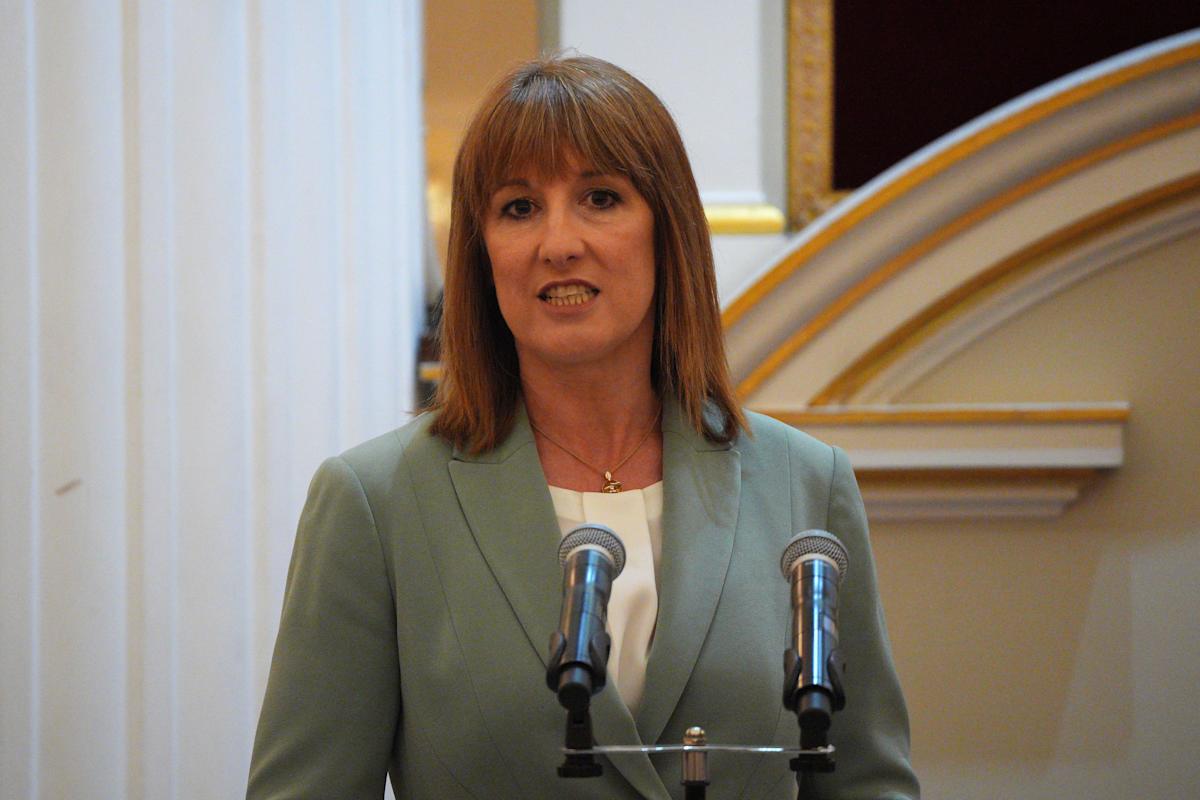
UK government borrowing higher than expected in June as debt costs rise
How did your country report this? Share your view in the comments.
Diverging Reports Breakdown
UK government borrowing higher than expected in June as debt costs rise
Public sector net borrowing reached £20.7bn in June – £3.5bn higher than forecast. It was the second highest borrowing figure since monthly records began in 1993. The latest borrowing figures leaves the UK’s net debt at 96.3% of gross domestic product (GDP), 0.5 percentage points higher than a year ago. It is among the highest levels recorded since the early 1960s. The chancellor will probably need to raise £15-25bn at the autumn budget to maintain the £9.9bn of headroom against her fiscal mandate, says Capital Economics.
Figures from the Office for National Statistics (ONS) showed that public sector net borrowing reached £20.7bn in June – £3.5bn higher than the £17.1bn forecast by the Office for Budget Responsibility (OBR), and £6.6bn above the same month in 2024.
This was the second highest borrowing figure since monthly records began in 1993, after that of June 2020 during the COVID-19 pandemic.
Richard Heys, acting chief economist for the ONS, said: “The rising cost of providing public services and a large rise this month in interest payable on index-linked gilts pushed up the overall spending more than the increases in income from taxes and national insurance (NI) contributions, causing borrowing to rise in June.”
Central government receipts rose by £5.7bn year-on-year to £86.8bn in June, boosted by a £1bn increase in income tax, £700m more in value added tax (VAT) and £500m in corporation tax receipts. An increase in employer NI contributions contributed to a £3.1bn rise in compulsory social contributions, bringing that total to £17.4bn.
However, provisionally estimates showed that government spending rose to £97.1bn in June, up by £12.4bn compared to the same month last year. An £8.4bn increase in government debt interest payable to £16.4bn was among the key drivers, along with rises in departmental spending and net social benefits.
Alex Kerr, UK economist at Capital Economics, said that “total government expenditure came in £2.2bn above the OBR’s forecast. That was due to hotter-than-expected retail prices index (RPI) inflation in Q2 pushing up debt interest payments to £16.4bn, £2.4bn above the OBR’s forecast and to the second highest June total since monthly records [on government interest payments] began in 1997.”
Read more: London IPO fundraising slumps in blow to UK
The latest borrowing figures leaves the UK’s net debt at 96.3% of gross domestic product (GDP), 0.5 percentage points higher than a year ago and among the highest levels recorded since the early 1960s.
Kerr said that the “the government’s u-turns on spending cuts and potential upward revisions to the OBR’s borrowing forecasts means the chancellor will probably need to raise £15-25bn at the autumn budget to maintain the £9.9bn of headroom against her fiscal mandate.”
“And given that she is struggling to stick to existing spending plans and we doubt the gilt market will tolerate significant increases in borrowing, she will probably have to raise taxes instead,” he added.
Source: https://uk.finance.yahoo.com/news/uk-government-borrowing-debt-june-064230546.html
